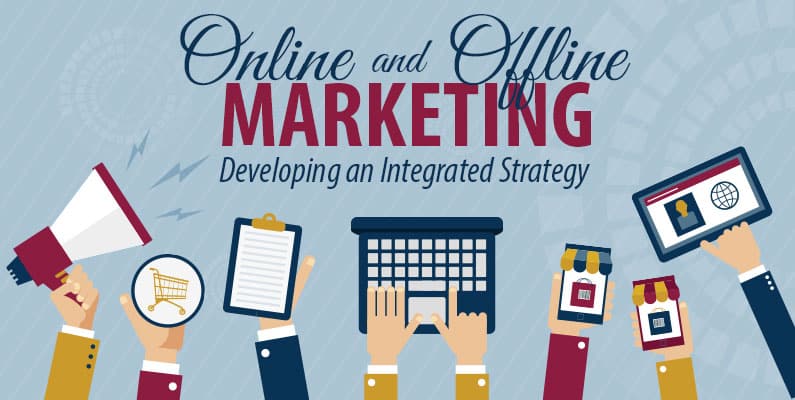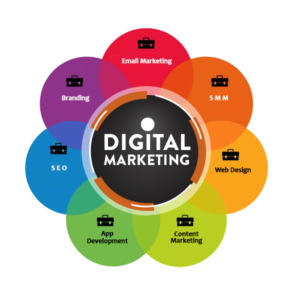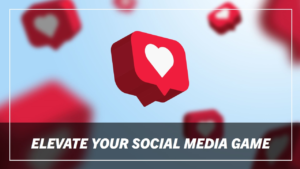In the digital age, it’s easy to focus solely on online marketing strategies. However, integrating offline and online marketing can provide a more holistic approach, reaching a broader audience and creating a more cohesive brand experience. This blog explores how businesses can effectively combine these strategies to maximize their marketing efforts.
Understanding the Synergy
Integrating offline and online marketing strategies allows businesses to leverage the strengths of both worlds. Offline marketing, including print media, events, and direct mail, offers tangible and personal interactions. Online marketing, encompassing social media, email, and digital ads, provides a wide reach and precise targeting. When combined, these strategies can amplify each other’s impact, ensuring a consistent message across all channels.
Benefits of Integration
- Consistent Brand Messaging: Consistency across offline and online platforms reinforces brand identity. When customers encounter the same message in a magazine ad and on social media, it builds trust and recognition.
- Enhanced Reach: Offline marketing can capture the attention of audiences who may not be as active online, while online marketing can engage those who prefer digital interactions. Together, they cover a broader demographic.
- Improved Customer Engagement: By integrating both strategies, businesses can create more touchpoints with their audience, fostering deeper engagement. For example, a customer who receives a promotional flyer in the mail might visit the company’s website for more information.
- Increased Conversion Rates: Multi-channel campaigns often lead to higher conversion rates. Customers exposed to a brand through various channels are more likely to take action, whether it’s making a purchase or signing up for a newsletter.
Strategies for Integration
- Cross-Promotion: Use offline materials to promote online channels and vice versa. For example, include your website and social media handles on business cards, brochures, and packaging. Conversely, use your online platforms to advertise offline events and promotions.
- Unified Campaigns: Design marketing campaigns that seamlessly blend offline and online elements. For instance, launch a product with a physical event that is simultaneously streamed live on social media. Encourage attendees to share their experiences online using a specific hashtag.
- QR Codes: Utilize QR codes on print materials, such as posters and flyers, to drive offline audiences to your online content. This can be particularly effective for offering exclusive online deals or providing more information about a product.
- Customer Data Integration: Collect and integrate customer data from both offline and online interactions. This comprehensive data can provide valuable insights into customer behavior and preferences, enabling more personalized marketing efforts.
- Interactive Print Ads: Incorporate interactive elements in print ads that encourage online interaction. This could be a contest that requires visiting the company’s website or a scannable code that leads to a video demonstration.
- Event Marketing: Use offline events to boost online engagement. Host workshops, seminars, or pop-up shops and encourage participants to follow your brand on social media, post photos with a branded hashtag, or sign up for email updates.
Real-World Examples
- Coca-Cola’s Share a Coke Campaign: Coca-Cola effectively integrated offline and online marketing with its “Share a Coke” campaign. By printing popular names on bottles, they encouraged customers to find their names and share photos on social media, creating a viral online buzz that complemented the physical product.
- Nike’s #Breaking2 Campaign: Nike’s attempt to break the two-hour marathon barrier combined a live event with extensive online coverage. They used social media, live streaming, and online ads to build anticipation and engagement around the event, reaching millions who couldn’t attend in person.
- IKEA’s Catalogue App: IKEA combines its traditional catalog with a mobile app, allowing customers to scan catalog pages to access additional online content, including videos and 3D room planners. This strategy enhances the offline experience with rich digital content.
Challenges and Solutions
- Resource Allocation: Balancing resources between offline and online channels can be challenging. Solution: Analyze your audience and performance metrics to allocate budget and resources effectively.
- Message Consistency: Ensuring consistent messaging across different platforms requires meticulous planning. Solution: Develop a unified marketing plan with clear guidelines for branding and messaging.
- Tracking Effectiveness: Measuring the impact of integrated campaigns can be complex. Solution: Use unique tracking methods such as QR codes, custom URLs, and special offer codes to gauge the effectiveness of each channel.
Conclusion
Integrating offline and online marketing strategies is not just beneficial but essential for modern businesses aiming for comprehensive reach and engagement. By combining the tactile, personal touch of offline marketing with the expansive reach of online efforts, businesses can create a synergistic effect that amplifies their overall marketing impact. The key lies in strategic planning, consistent messaging, and leveraging the strengths of each medium to create a cohesive and engaging customer experience.





Thank you for the auspicious writeup. It in fact was a amusement account it. Look advanced to more added agreeable from you! However, how can we communicate?
Very wonderful info can be found on weblog. “The greatest mistake is trying to be more agreeable than you can be.” by Walter Bagehot.
I am not sure where you are getting your information, but good topic. I needs to spend some time learning much more or understanding more. Thanks for magnificent info I was looking for this information for my mission.
You actually make it appear really easy together with your presentation however I to find this topic to be actually something which I believe I might never understand. It seems too complex and very large for me. I’m looking forward in your subsequent publish, I’ll attempt to get the hold of it!